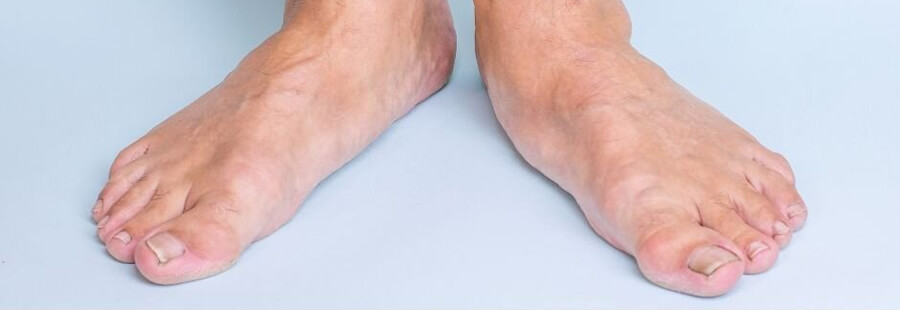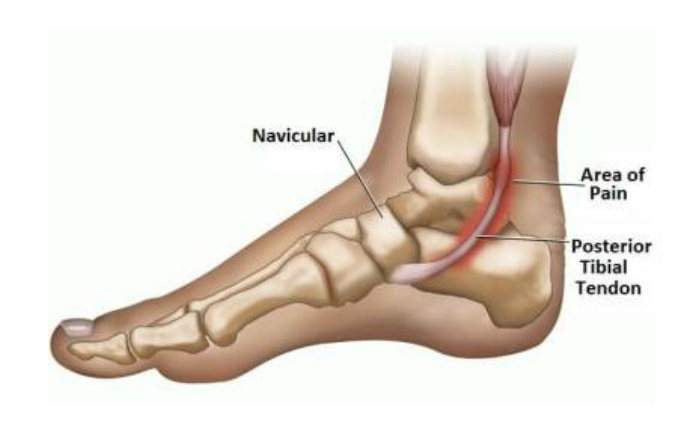Flatfoot: Understanding, Diagnosis, and Treatment at Austin Foot & Ankle Center
Flatfoot or more technically, Posterior Tibial Tendon Dysfunction (PTTD), is a condition that affects the arch of the foot. While variations in arch height are normal and not inherently problematic, a significant loss of the arch accompanied by pain indicates a condition that requires attention. PTTD, characterized by the weakening or damage to the posterior tibial tendon, is a leading cause of painful flatfoot. This tendon is vital for maintaining the arch’s integrity; when compromised, it can lead to a flattening of the foot.

Exploring the Causes
Flatfoot can be categorized into two types: congenital (inherited) and acquired. Acquired flatfoot results from various factors, such as trauma, inflammatory arthritis, or neuropathic disorders, which are frequently seen in individuals with diabetes. PTTD specifically arises from undue stress on the posterior tibial tendon due to biomechanical imbalances, traumatic injury, or complications associated with diabetes, leading to a gradual loss of tendon functionality and arch support.
Recognizing Symptoms
The initial symptoms of PTTD include pain and swelling along the inside of the foot and ankle. As the condition progresses, the arch begins to flatten more significantly, leading to increased foot instability. In advanced stages, the foot’s arch may collapse entirely, and the ankle can turn inward, posing a risk of further complications, including degenerative arthritis observable on X-ray images.

Diagnosis and Evaluation
Diagnosing PTTD involves a comprehensive evaluation by a foot and ankle surgeon, including a detailed medical history and physical examination, complemented by radiographic studies. This thorough approach helps in determining the extent of the condition and the most effective treatment strategy.
Treatment Strategies
Conservative Measures
- Orthotic Devices and Bracing: To provide necessary support to the foot and posterior tibial tendon, helping to alleviate pain and improve function.
- Physical Therapy: Aimed at strengthening and stabilizing the foot and ankle, enhancing mobility.
- Advanced Laser Therapy: A non-invasive option to manage inflammation and promote healing.
- Anti-inflammatory Medications: To reduce pain and swelling, improving comfort.
Surgical Intervention
Should conservative treatments prove ineffective, and the condition progresses to a more advanced stage, surgical options may be considered. Our team of foot and ankle surgeons will guide you through the decision-making process, recommending a treatment plan that aligns with your specific needs and the severity of your condition.
Your Path to Recovery
Austin Foot & Ankle Center is dedicated to providing comprehensive care for conditions like flatfoot and PTTD. Our team of experts is here to support you with personalized treatment plans designed to address your symptoms and improve your overall foot health.
Take the first step towards pain-free feet
Contact Austin Foot & Ankle Center to schedule your appointment. Whether you’re just beginning to notice symptoms or are seeking advanced care options, we’re committed to helping you achieve the best possible outcomes. Let us help you get back on your feet with the comfort and stability you deserve.

